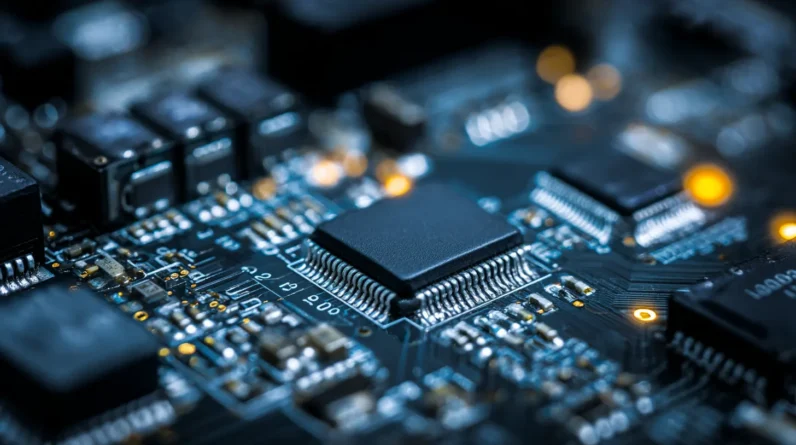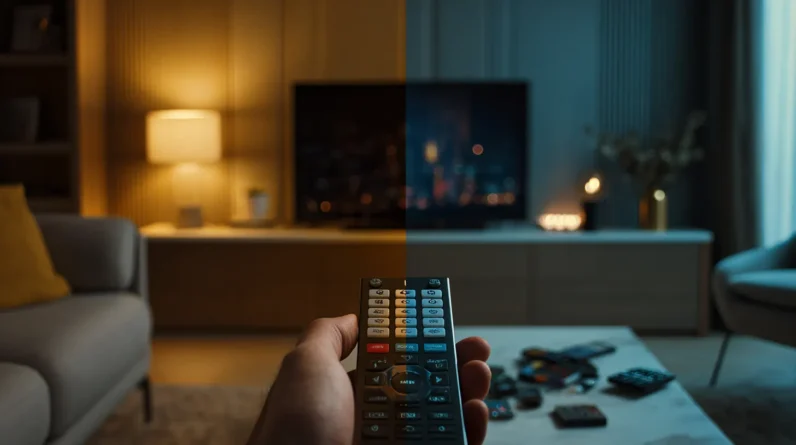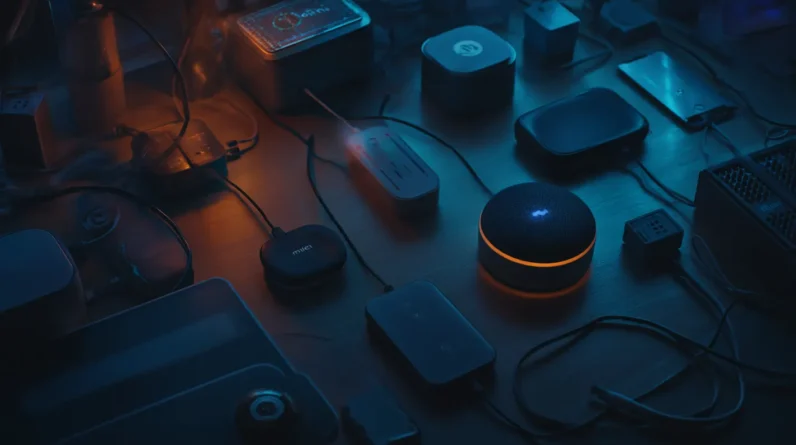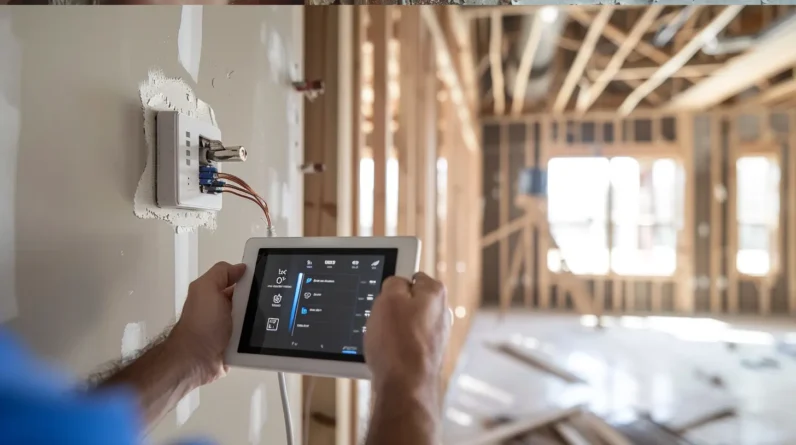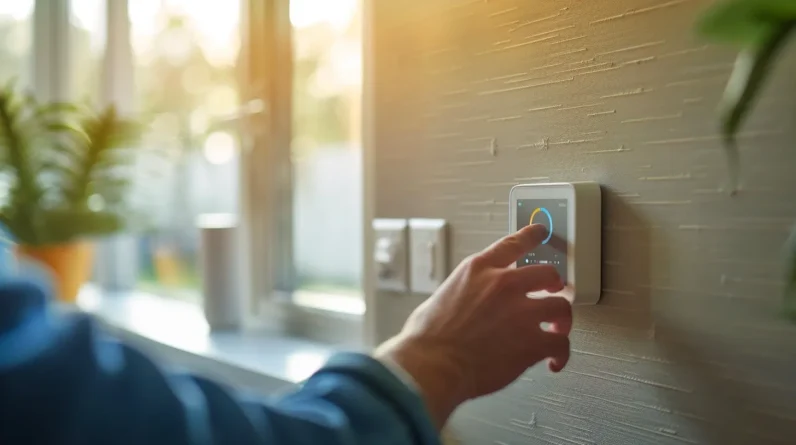
We often overlook the substantial ongoing expenses associated with owning smart devices. From energy consumption and maintenance costs to data storage fees and eventual disposal charges, these hidden costs can markedly impact both our wallets and the environment. As we explore further, we’ll uncover the true price of smart device efficiency.
Uncovering Energy Consumption Costs
While we often focus on the upfront costs of smart devices, a closer examination reveals that their energy consumption can have a significant impact on our wallets and the environment. We must consider the ongoing electrical costs required to keep these devices running. Though individual smart devices may not consume much power, the cumulative effect of multiple devices operating continuously can be substantial. We should also account for the environmental impact of this energy use, as the majority of electricity is still generated from non-renewable resources. By understanding the energy consumption of our smart devices, we can make more informed decisions to mitigate their costs and environmental footprint.
The Expense of Regular Maintenance and Updates
As we assess the total cost of ownership for our smart devices, another key consideration emerges: the expense of regular maintenance and updates. We need to take into account the time and money spent on updating software, replacing worn-out parts, and troubleshooting issues. These expenses can add up quickly, especially for devices with complex software or specialized hardware. Regular maintenance and updates also require a significant amount of bandwidth, which can impact our internet bills. Additionally, outdated devices may no longer receive security patches, leaving them vulnerable to cyber threats. By factoring in these expenses, we can better understand the true cost of owning a smart device. This, in turn, enables us to make informed purchasing decisions and manage our device-related expenses more effectively.
Data Storage Fees: The Unseen Burden
Because our smart devices constantly generate vast amounts of data, we face another significant expense: data storage fees. As we use our devices to capture photos, record videos, and download files, the need for storage capacity grows exponentially. Many of us turn to cloud storage solutions, which offer convenience and accessibility, but these services often come with recurring subscription costs. Even if we opt for local storage on our devices, we may eventually need to upgrade to models with higher storage capacities, incurring additional expenses. It’s vital to factor in these ongoing data storage fees when evaluating the true cost of owning and operating smart devices.
Disposal Fees and Electronic Waste Charges
When we consider the total cost of owning smart devices, we must also account for the often-overlooked expenses related to their disposal and the management of electronic waste. These charges can substantially impact the overall cost, especially when devices become obsolete or non-functional at a rapid pace. Disposal fees, which include the costs of proper recycling or safe dismantling, are necessary to prevent hazardous materials from leaching into the environment. Additionally, we must factor in the indirect costs associated with the increasing volume of electronic waste, such as the environmental and health impacts, which are challenging to quantify but are undeniably part of the equation.
Additional Service Charges: Are They Really Worth It?
Beyond the environmental considerations, we must also scrutinize the myriad of additional service charges that come with smart devices. We’re often sold on the idea that these devices will make our lives easier and more convenient, but rarely do we consider the extra costs associated with them. Many smart devices require subscription-based services to function fully, which can add up quickly. For instance, voice assistants require cloud storage and processing power, which incur ongoing costs. Moreover, software updates and maintenance fees can also be tacked on, making the total cost of ownership higher than anticipated. As we weigh the benefits of smart devices, we must also consider whether these additional service charges are truly worth it. Are they providing tangible value or just padding the bottom line?
Conclusion
As we’ve seen, the true cost of smart devices extends far beyond the initial price tag. From the hidden energy consumption costs to the often overlooked disposal fees, the convenience of these gadgets comes at a steep price. In the end, we must ask ourselves: is the allure of a “smart” life worth the tangled web of expenses it weaves? Like Icarus flying too close to the sun, our obsession with technology may lead to unforeseen consequences.


